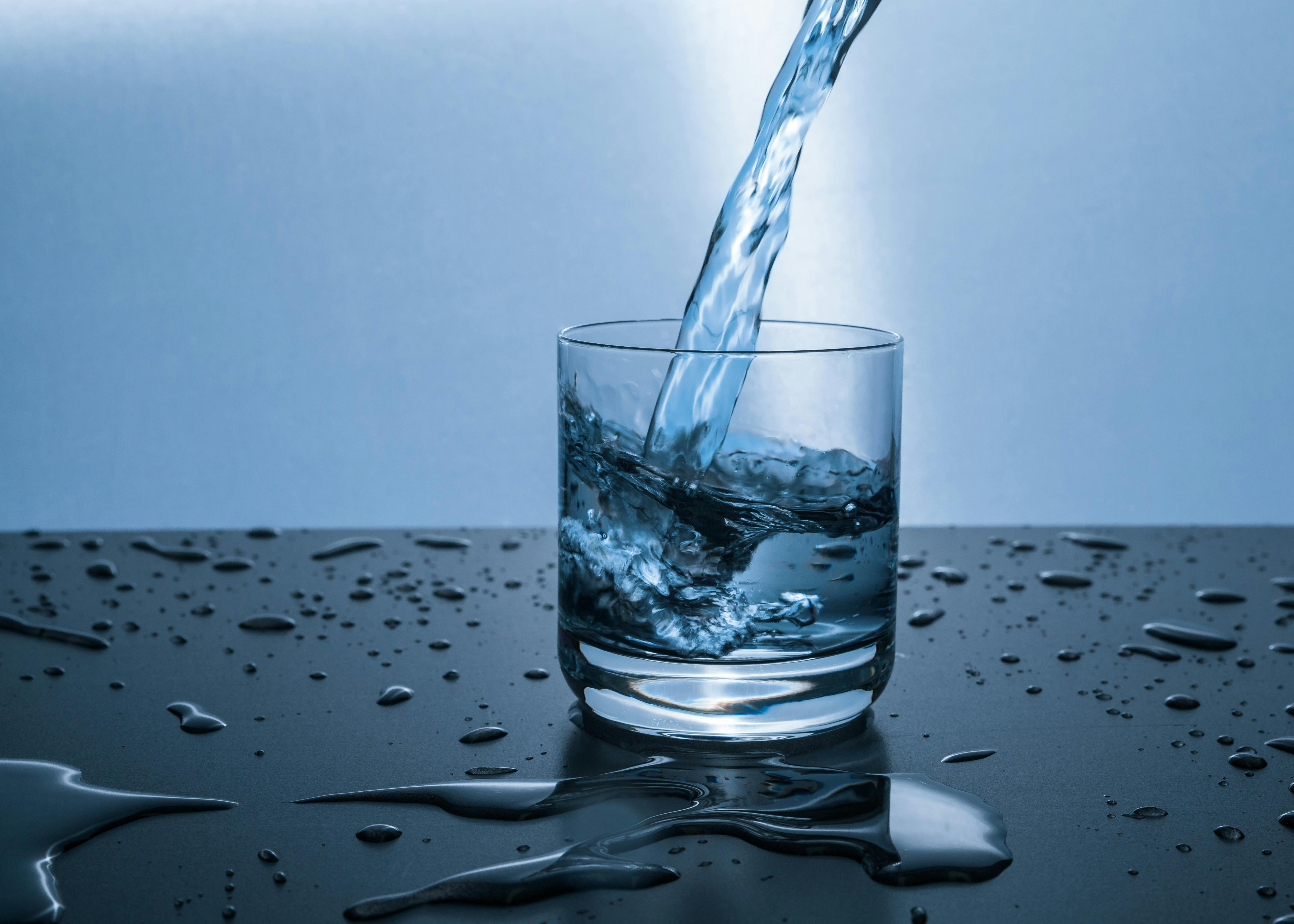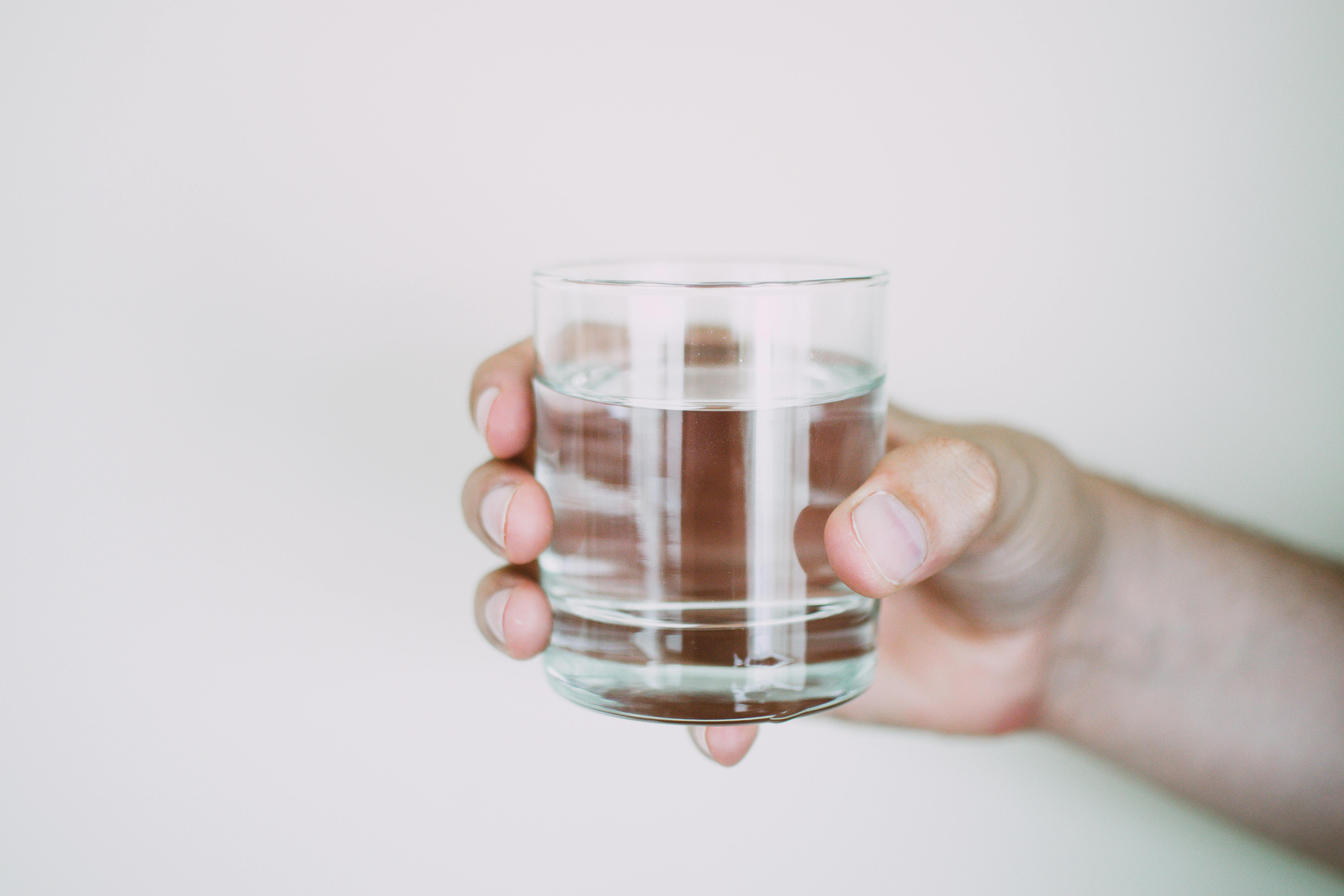Squirrels are a common sight in many parts of the world and these furry animals have an interesting way of drinking water. While most animals drink water by scooping it up with their tongues or licking it up, squirrels have a unique technique for getting a sip. So, how do squirrels drink water? Read on to find out!Squirrels are typically able to drink water in much the same way as other animals. They use their tongue to lap up the water, then swallow it. First, the squirrel will locate a water source, such as a pond or stream. Then, it will approach the edge of the water and dip its tongue into the liquid. The squirrel will rapidly flick its tongue back and forth in order to collect droplets of water on it. Finally, it will bring its tongue back up into its mouth and swallow the gathered water.
What Tools Do Squirrels Use to Access Water?
Squirrels have adapted various methods to access water. Depending on the availability of sources, they use a range of tools, including their front teeth and claws, to access water. Squirrels typically use their incisors, which are sharp tooth-like structures located at the front of their mouths, to gnaw or chew through hard surfaces like tree bark or ice in order to reach the liquid underneath.
In addition, squirrels also rely on their claws for gripping onto branches and other surfaces that may hold water sources. They use these claws to climb trees and other objects in order to reach these sources without having to chew through them. Lastly, squirrels also use their tails as a tool for balance when accessing water from high up places. This helps them keep their balance as they move from one branch or surface to another in order to reach the water source.
All in all, squirrels are adept at using a variety of tools such as their incisors, claws and tails to access water sources regardless of the environment they find themselves in. As they have evolved over time, they have adapted various methods that enable them to survive even in challenging conditions where accessing water is difficult or impossible.
Providing Water for Squirrels
Providing water for squirrels can be a challenge. While they have access to sources such as ponds, streams and rivers, these may not always be readily available. In addition, during the hot summer months, these sources may dry up quickly. Fortunately, there are several solutions available to help squirrels access water easily.
Bird Baths
One of the best solutions is to install a bird bath in your yard or garden. Bird baths are shallow dishes that are filled with fresh water on a regular basis. Not only will this provide the squirrels with easy access to water, but it can also attract other wildlife such as birds and butterflies.
Water Dispensers
Another option is to set up a water dispenser specifically designed for squirrels. These dispensers contain large containers of water that are connected to a tube with several openings at the bottom. The openings allow small amounts of water to flow out each time the squirrel drinks from them. This type of solution is ideal if you don’t have space for a bird bath in your yard or garden.
Tree Stumps
Finally, you can use tree stumps or logs as natural sources of water for squirrels. Simply fill the hollowed-out portions of the tree stumps or logs with fresh water each day and the squirrels will drink from them whenever they need hydration. This is an excellent way to provide natural sources of drinking water that also blend well with your landscape design.
In summary, providing squirrels with easy access to drinking water doesn’t have to be difficult or expensive. By using bird baths, water dispensers or tree stumps filled with fresh water, you can ensure that these furry little critters stay hydrated throughout the year without any extra effort on your part!
How Does Temperature Affect a Squirrel’s Ability to Drink Water?
Temperature can play a major role in a squirrel’s ability to drink water. When it is cold outside, squirrels may be unable to find open sources of water and may become dehydrated. In cold climates, squirrels rely on the snow for their hydration needs. However, when temperatures drop too low, the snow can freeze, leaving them without access to liquid water. Additionally, in warmer climates, squirrels may have difficulty finding access to water if it is not readily available. This can result in dehydration and other health issues for the squirrels.
It is important for squirrels to have access to fresh drinking water throughout the year in order to remain healthy. If there are no open sources of water around, people should consider providing a small bowl of clean water or setting up a bird bath near their home for the squirrels. This will ensure that they have enough hydration and will help keep them healthy during all seasons of the year.
In addition to temperature affecting a squirrel’s ability to drink water, other environmental factors such as humidity and wind speed can also impact their ability to stay hydrated. Higher humidity levels can make it more difficult for a squirrel to absorb liquid from its environment while high winds can cause water sources such as bird baths or small bowls of water placed near homes to evaporate quickly. It is important for people who are providing drinking water sources for squirrels in their yard or garden space that they check and refill these regularly so that the animals always have access to fresh drinking water.
Overall, temperature plays an important role in a squirrel’s ability to drink water and it is essential for people who live near these animals that they provide accessible sources of clean drinking water throughout all seasons of the year. This will help ensure that the animals are well-hydrated and remain healthy during all times of the year.
Providing Water Access to Squirrels
Providing water access to squirrels is an important part of providing a healthy and comfortable habitat for them. Wild squirrels rely on a variety of sources for water, including streams and ponds, and it is essential they have adequate access to water if they are to survive. By offering water access to squirrels, people can help ensure the survival and well-being of these animals in their natural habitats.
There are several benefits to providing water access to squirrels. First and foremost, it helps keep squirrels hydrated and healthy. Without access to fresh, clean water, the animals cannot maintain their body temperatures or properly digest food. Additionally, when a squirrel finds a reliable source of water, it is likely to return there often which allows people the opportunity to observe the animal in its natural surroundings.
Providing adequate water access also helps protect squirrels from predators by allowing them to stay near a safe source of hydration. Predators are less likely to approach an area with ample amounts of food and cover such as near a pond or stream where squirrels can take refuge. Furthermore, providing water sources can help reduce competition between wildlife species as different animals are likely to use different sources for hydration which prevents overcrowding at one location.
Finally, providing water access can aid in restoration efforts for local wildlife populations that have been affected by human activities such as logging or urban development. By creating areas with reliable sources of water nearby, people can help support local wildlife populations while also protecting the environment from further destruction.
In conclusion, offering water access to squirrels has numerous benefits both for the animals themselves as well as their natural habitats. Not only does it provide essential hydration but also helps protect them from predators and supports local wildlife recovery efforts. Providing appropriate sources of clean drinking water for wild creatures is an important part of conservation efforts that should not be overlooked.

Keeping Water Sources Safe for Squirrels
Keeping water sources safe for squirrels is an important step in protecting these animals from harm. There are several ways to do this, including making sure that water sources are clean and free of pollutants, providing adequate shade and shelter around the water source, and limiting access to the water source.
The first step in keeping water sources safe for squirrels is to ensure that they are clean and free of pollutants. This can be done by regularly testing the water for contaminants, such as bacteria or toxins, and also by minimizing runoff from nearby roads or agricultural fields. Additionally, if possible, it may be beneficial to use natural filtration systems, such as wetlands or reed beds, to further purify the water.
In addition to keeping the water clean, it is also important to provide adequate shade and shelter around the water source. This will help keep the temperature of the water stable so that squirrels can comfortably drink it. Trees and shrubs should be planted near the water source in order to create a shady environment which will protect squirrels from excessive heat or cold temperatures.
Lastly, it is important to limit access to the water source by predators such as cats or dogs. This can be done by fencing off the area around the source or installing a cover over it so that predators cannot reach it easily. Additionally, it may be helpful to install motion-activated lights near the area in order to scare away any predator animals who may attempt to approach it.
By following these steps, individuals can help keep their local squirrel population safe by ensuring that their drinking water sources are clean and well-protected from potential hazards. It is also important for individuals to be aware of any other potential threats that could impact a squirrel’s safety near a given body of water, such as chemical spills or other accidents which could contaminate their drinking supply.
Are There Any Risks Associated With Providing Access to Water for Squirrels?
Providing access to water for squirrels can pose a few risks. The primary concern is that having a regular water source near a home can attract squirrels into the area, which could lead to an infestation. If a squirrel infestation occurs, it could cause property damage and attract other pests like fleas and ticks. It is important to use caution when providing water sources for squirrels, and make sure the area is kept clean and free of debris.
Another potential risk of providing water sources for squirrels is contamination from bacteria or parasites. If the water source is not maintained properly, it could become contaminated with bacteria or other pathogens that can be harmful to both humans and animals. It is important to keep the water source clean and regularly change out the water to avoid contamination.
Finally, providing too much access to water can also increase the chances of attracting other animals that may be dangerous or destructive. Birds, raccoons, skunks, and even snakes may be attracted by a steady supply of fresh water in an area. It is important to monitor the area carefully if any additional wildlife starts showing up in order to keep them from becoming a nuisance or causing damage.
Overall, providing access to water for squirrels can be beneficial for both wildlife and humans alike; however, there are some risks associated with doing so that should be taken into consideration before setting up any type of regular water source for these creatures. Taking preventive measures such as proper maintenance of the water source and monitoring for unwanted visitors will help ensure that this process does not cause any problems in your neighborhood or yard.
Providing Water Sources for Squirrels
Providing water sources for squirrels can be beneficial to the local wildlife and environment. This is because a lack of access to water can lead to dehydration, which can be extremely dangerous for squirrels and other wildlife alike. By providing a source of water, such as a bird bath or a shallow dish, squirrels are able to get the hydration they need and keep their bodies healthy. Additionally, providing water sources may also encourage other forms of wildlife to visit your garden, creating an even more diverse ecosystem.
However, there are some disadvantages associated with providing water sources for squirrels. Firstly, this may attract other animals that you do not want in your garden such as mice or snakes. Secondly, it may also cause an increase in the population of squirrels in your local area as they will have access to a reliable food and water source. Finally, there is also the risk of disease transmission if multiple species use the same water source. It is important to take these potential risks into account when considering whether or not to provide a water source for squirrels.

Conclusion
Squirrels are unique creatures that have an incredibly efficient way of drinking water. They use their tongue to scoop up and lap water, since they lack the ability to suck up water like many other animals. This allows them to stay hydrated without having to stay in one place for a long time and without wasting energy. Squirrels also have the advantage of being able to drink from bodies of water that may be too deep or too wide for other animals.
The fact that squirrels can drink from any body of water is a great benefit for them and helps them survive in their environment. The ability to drink from any source of liquid also helps these animals maintain their hydration even when food is scarce or difficult to find. Knowing how squirrels drink water can help us understand how they survive in their natural habitats, and can provide us with insight into how we can better manage our own environment for the benefit of these animals.

